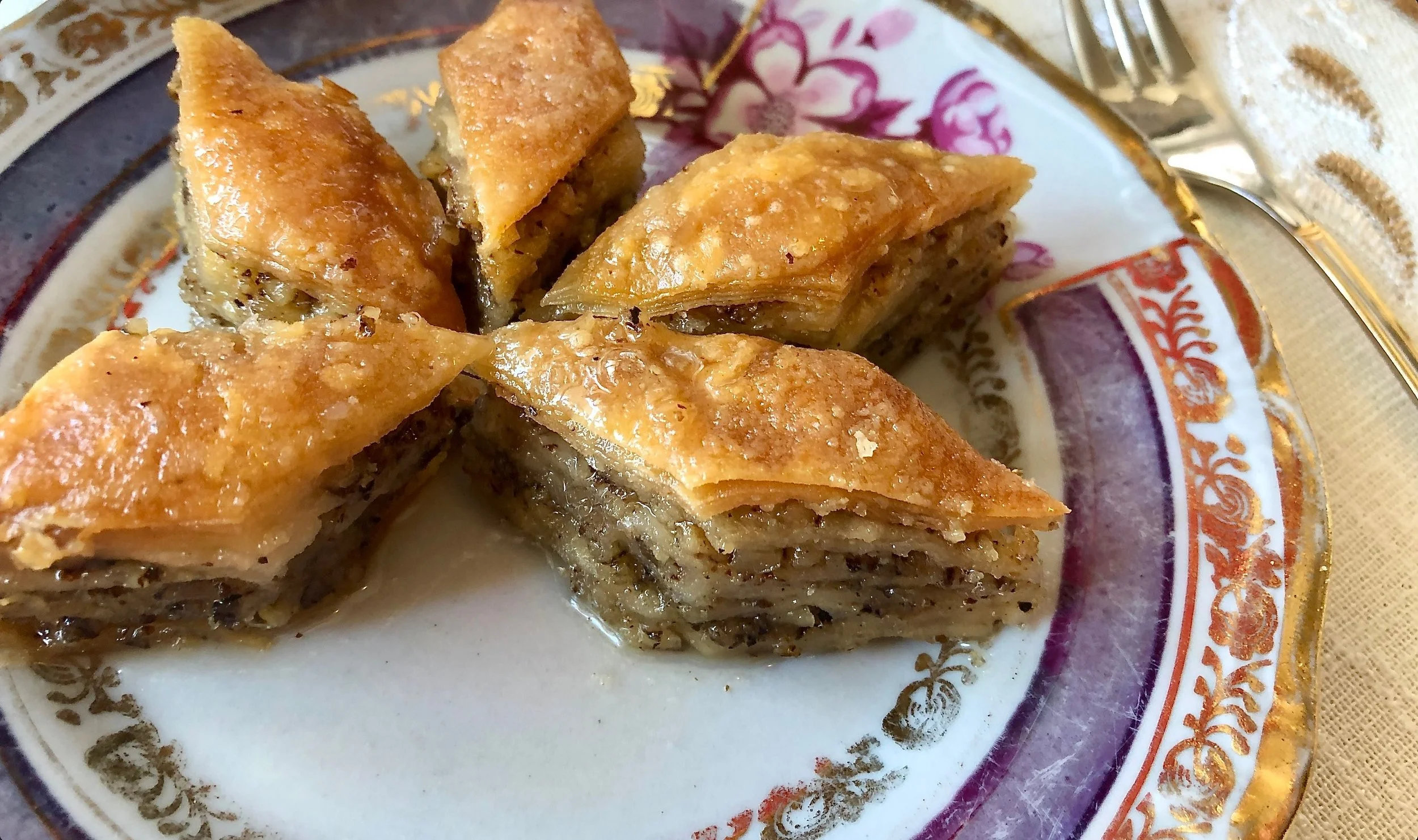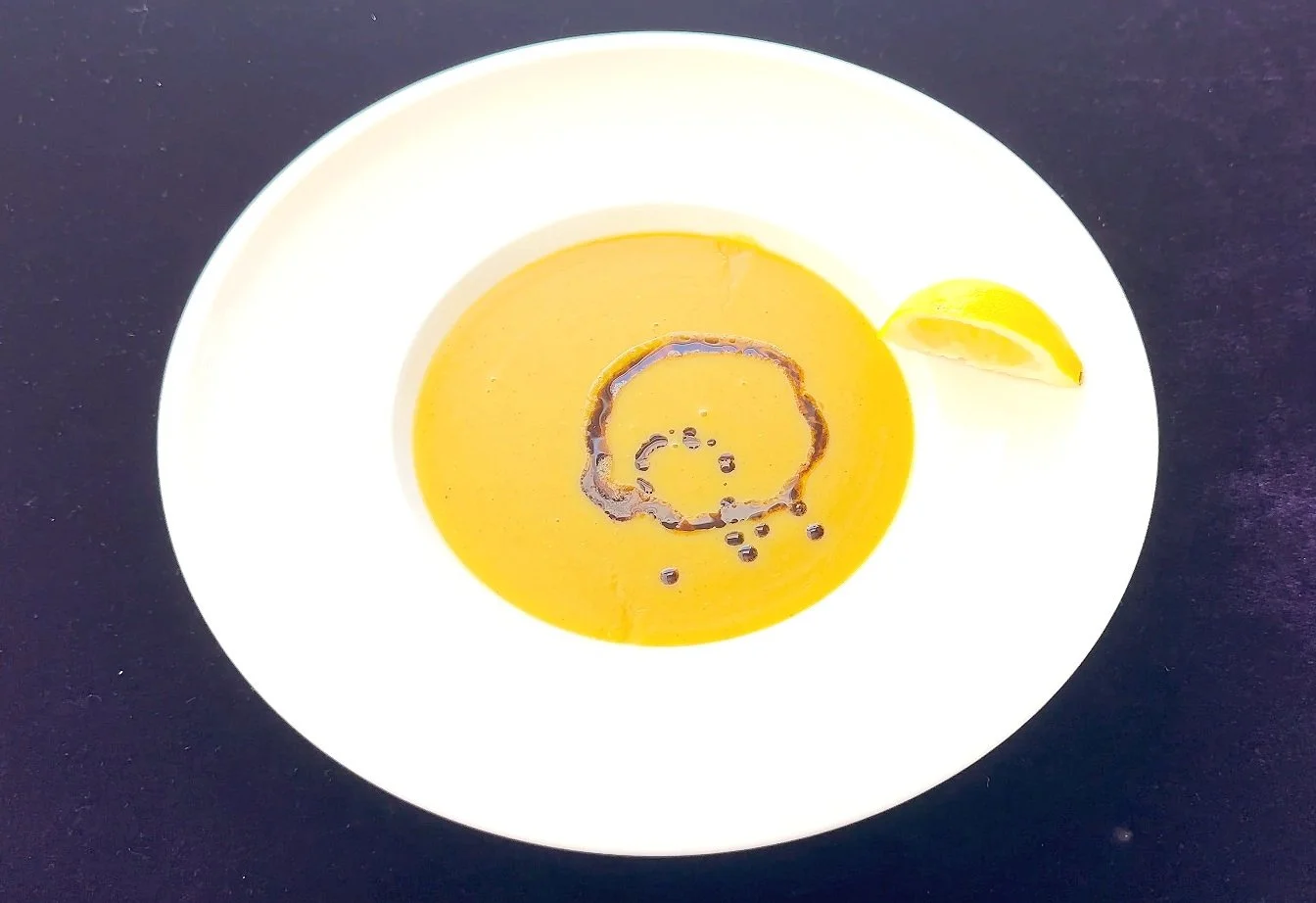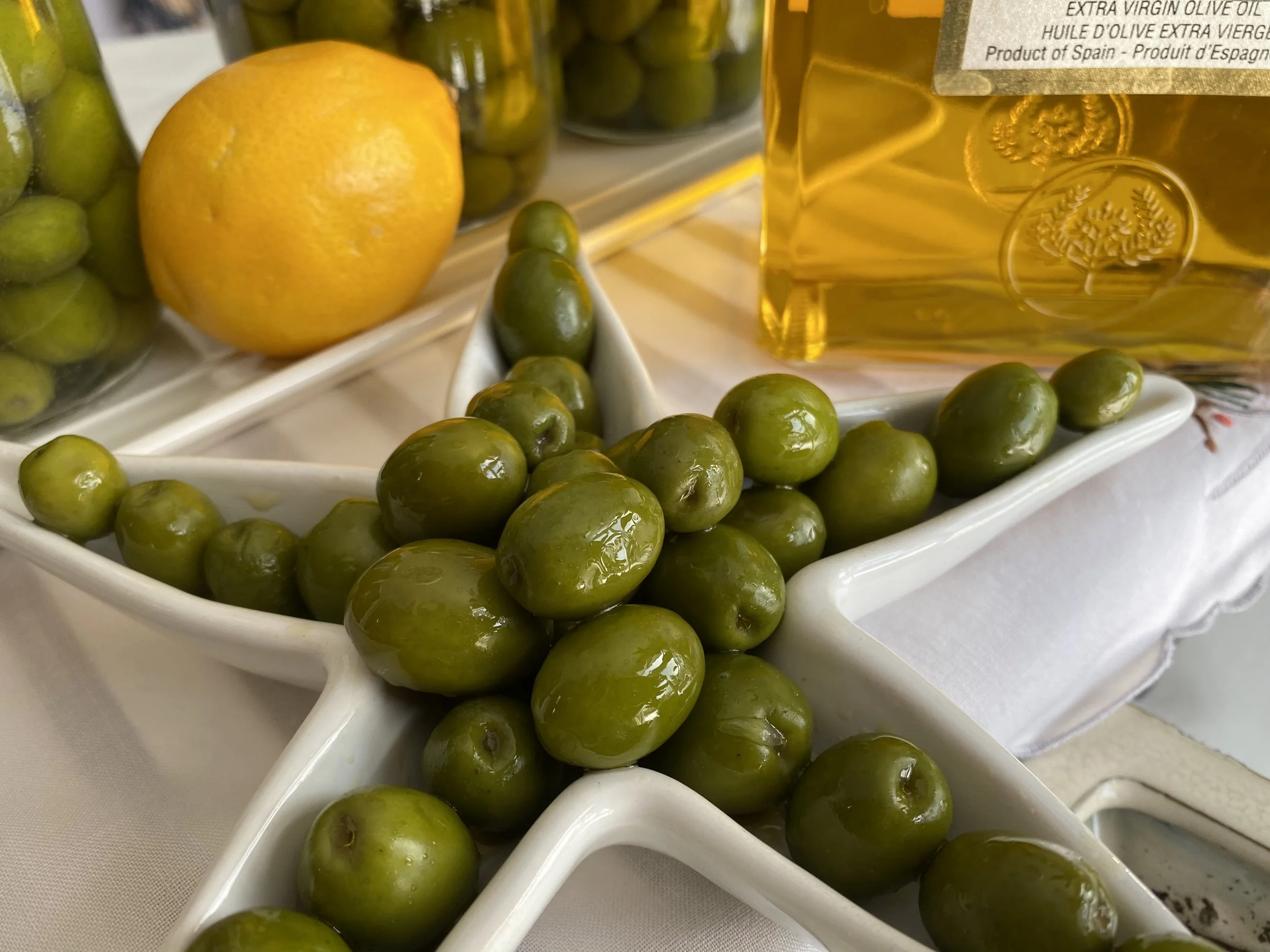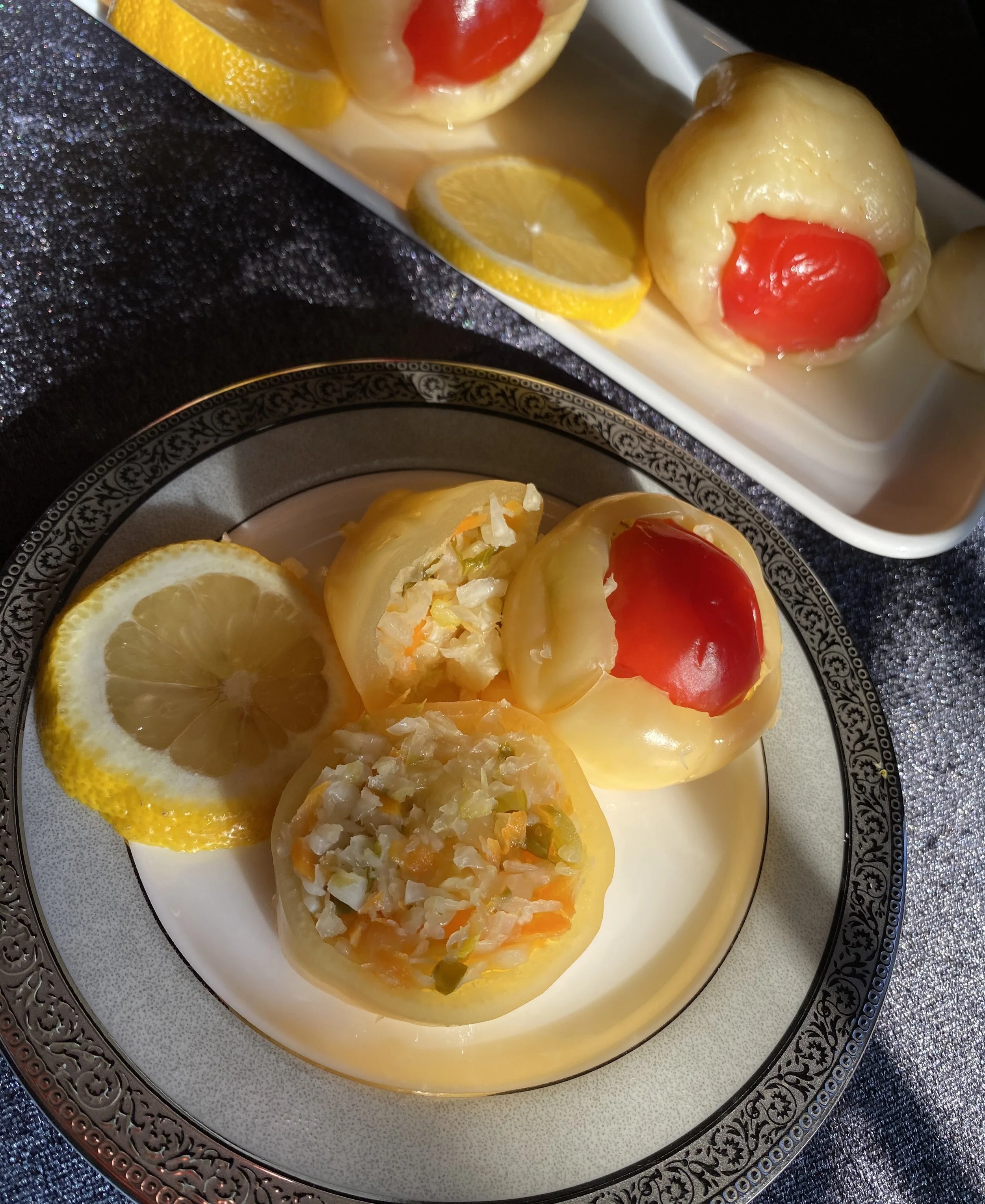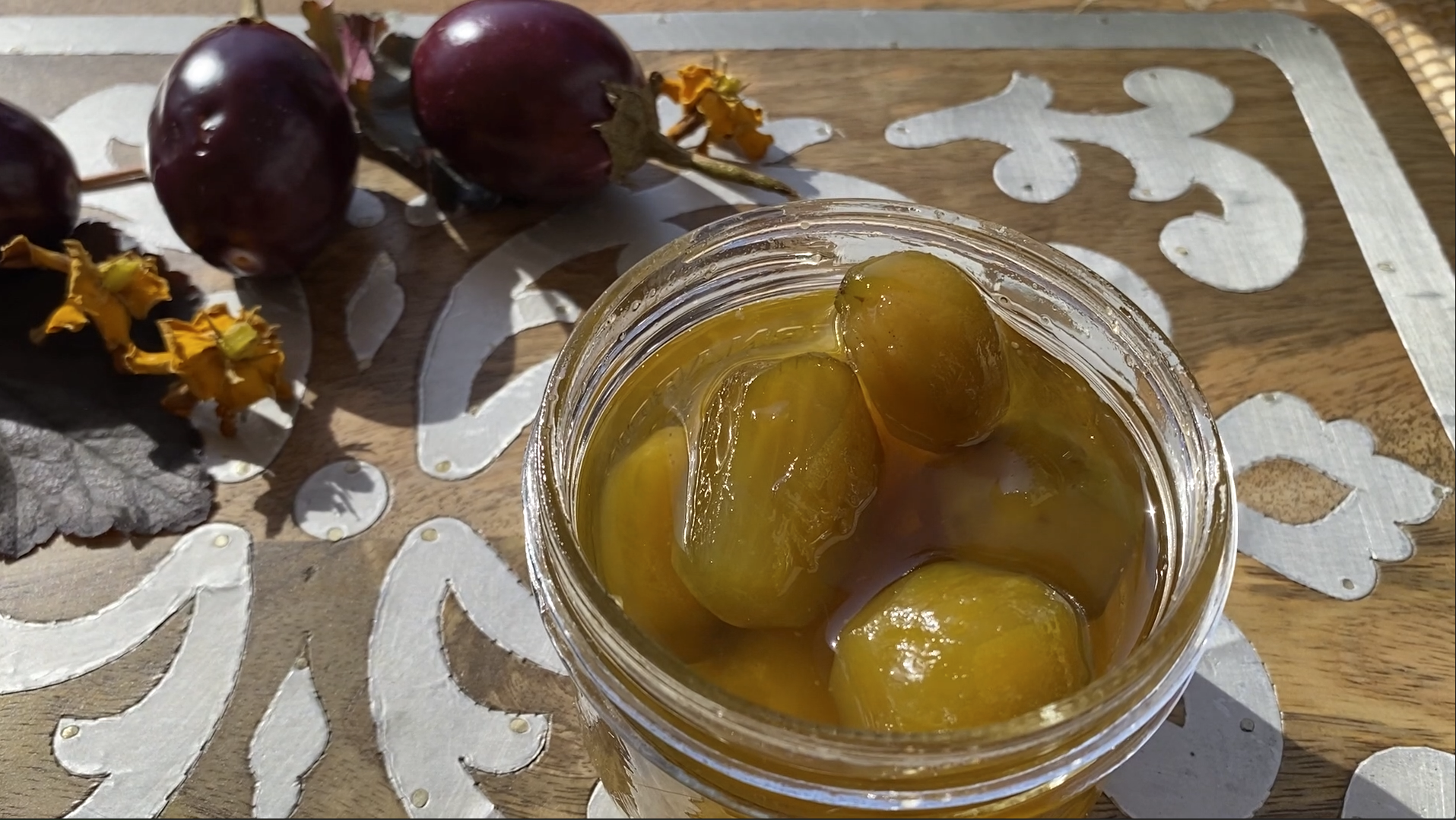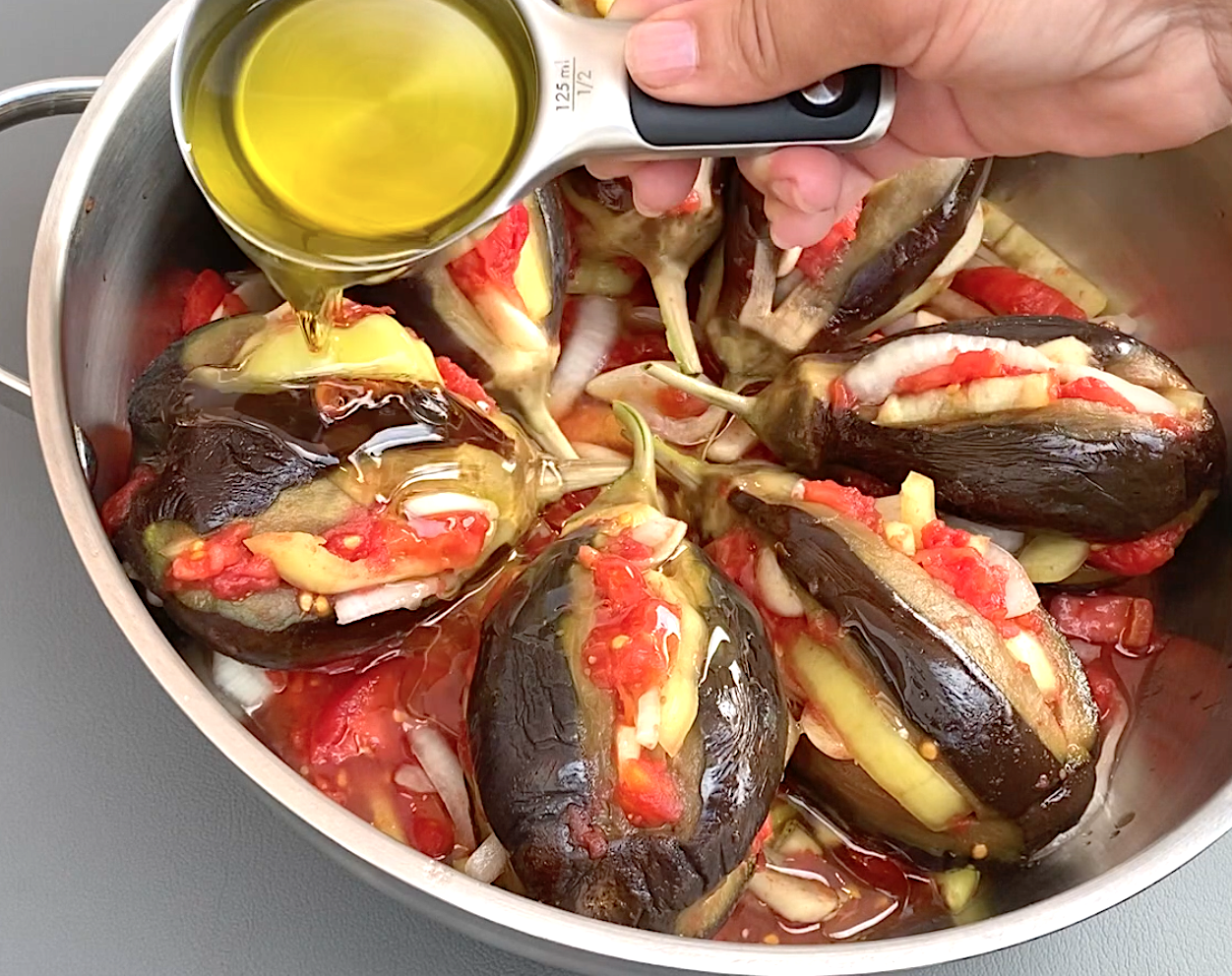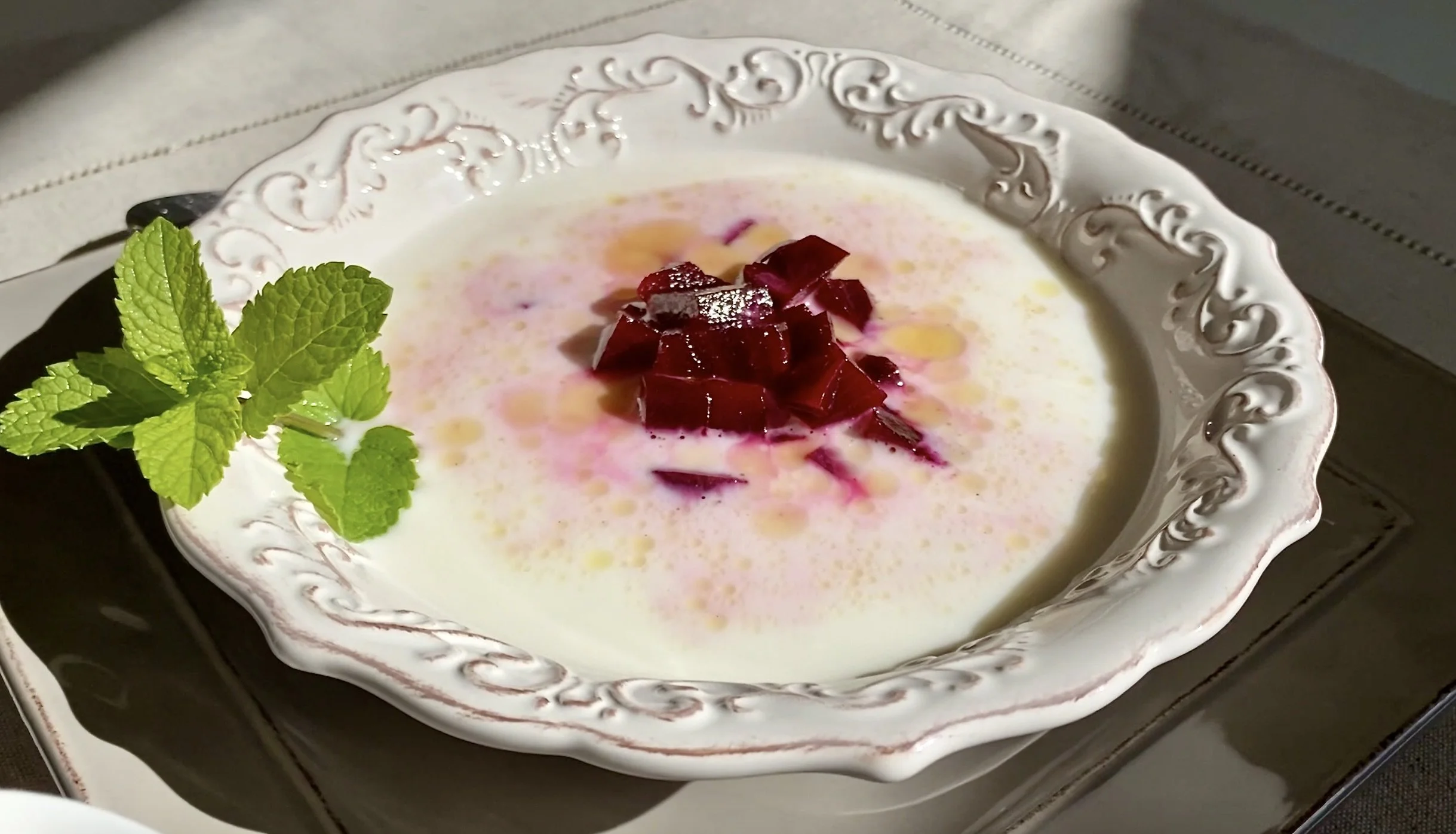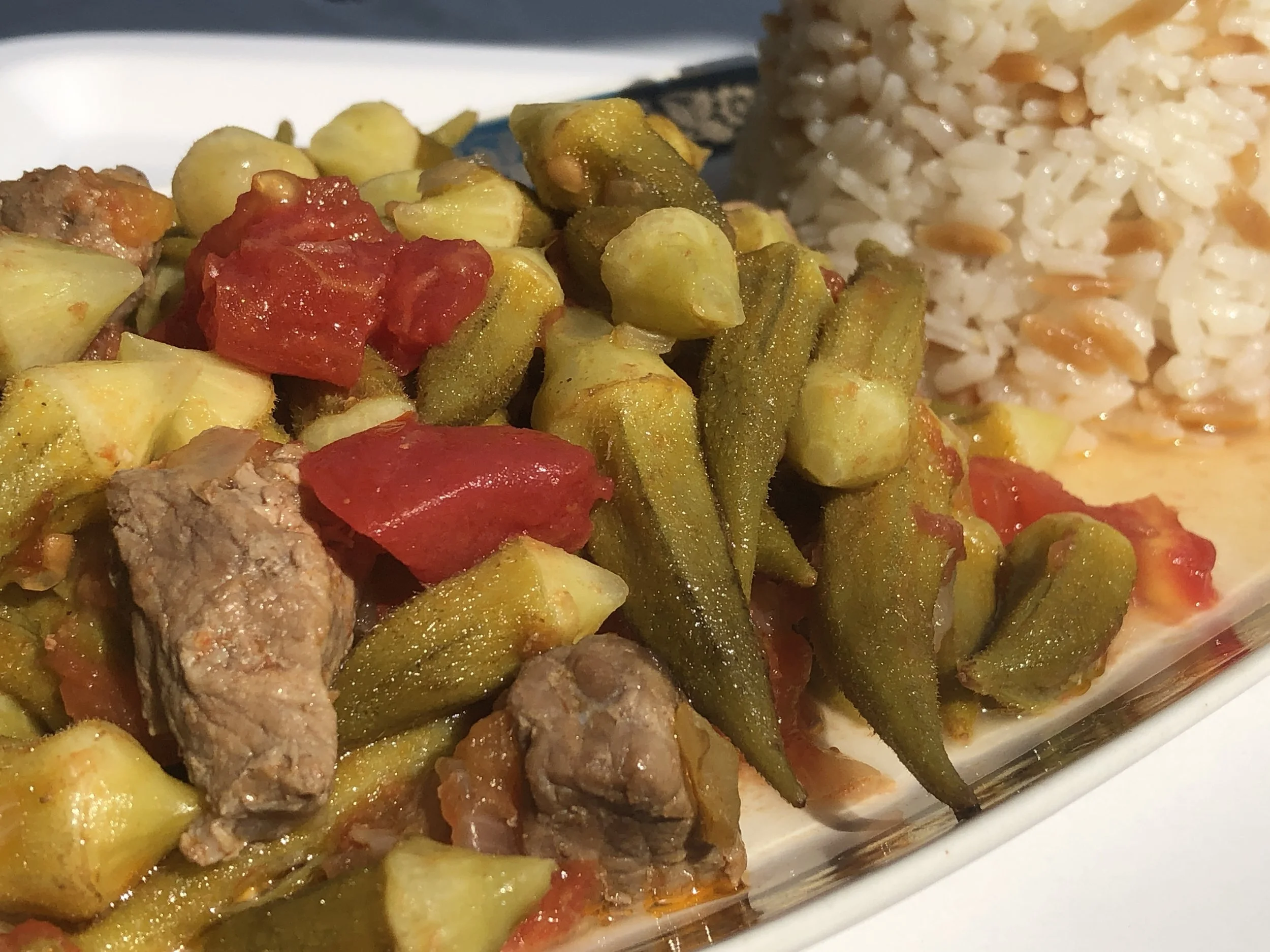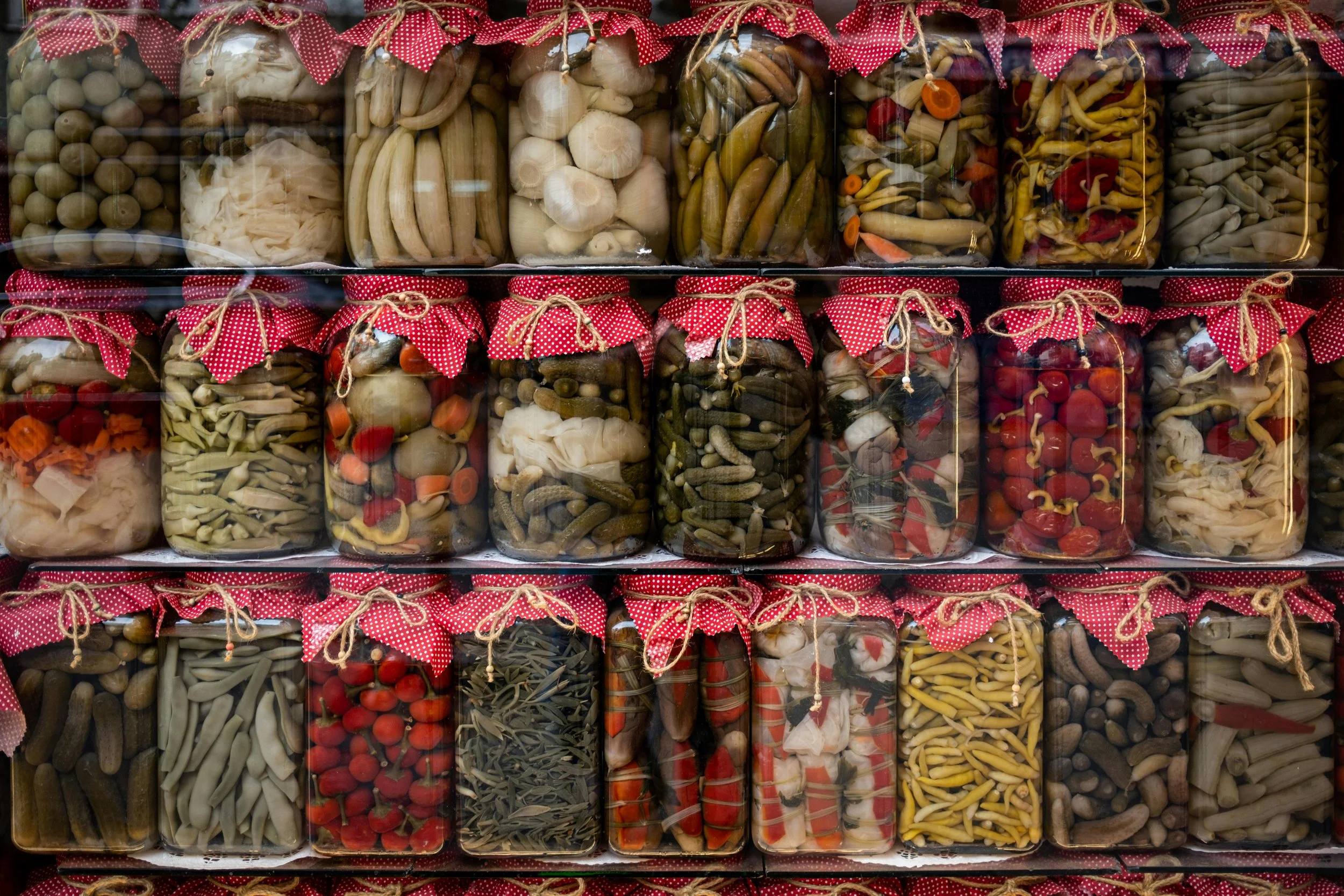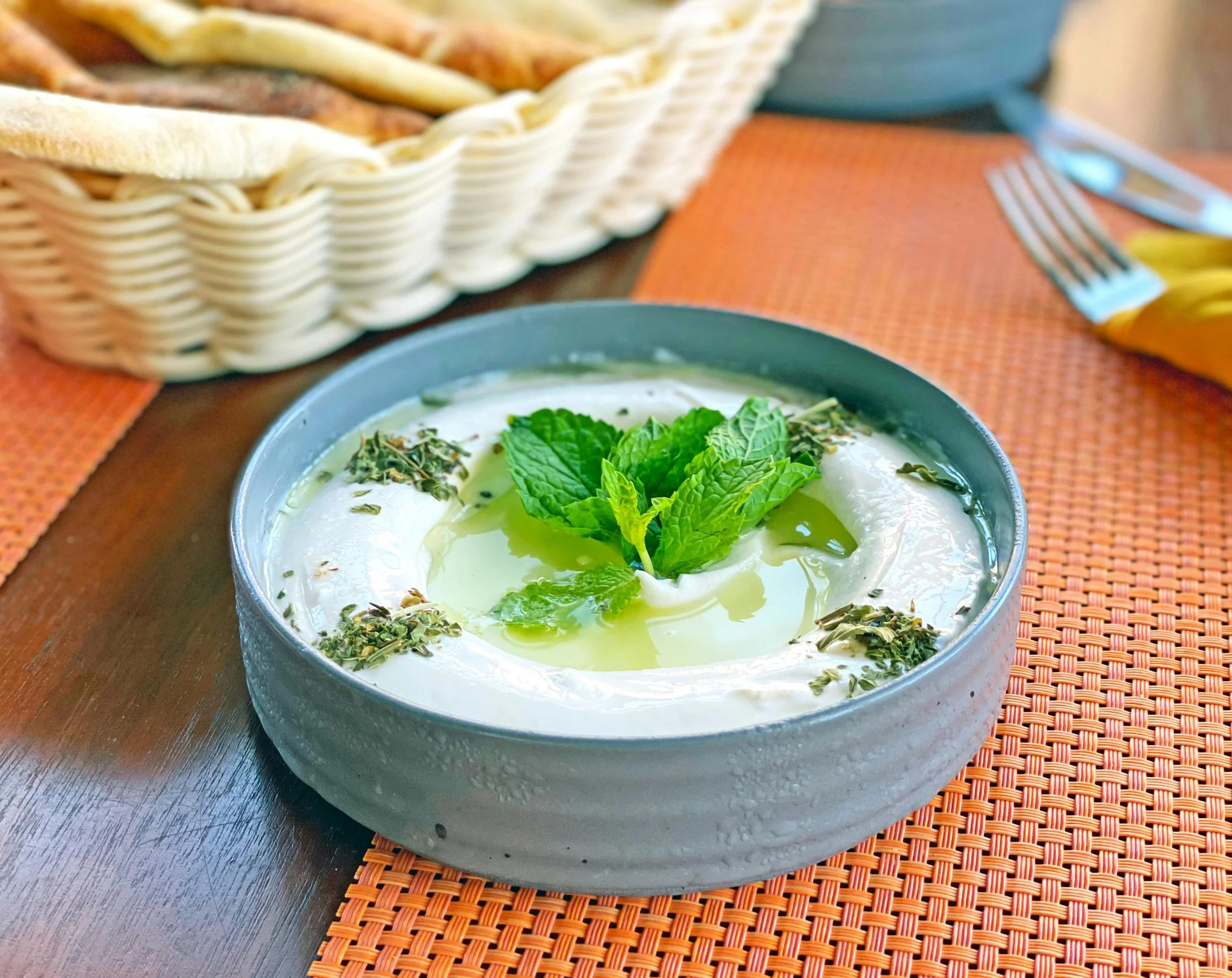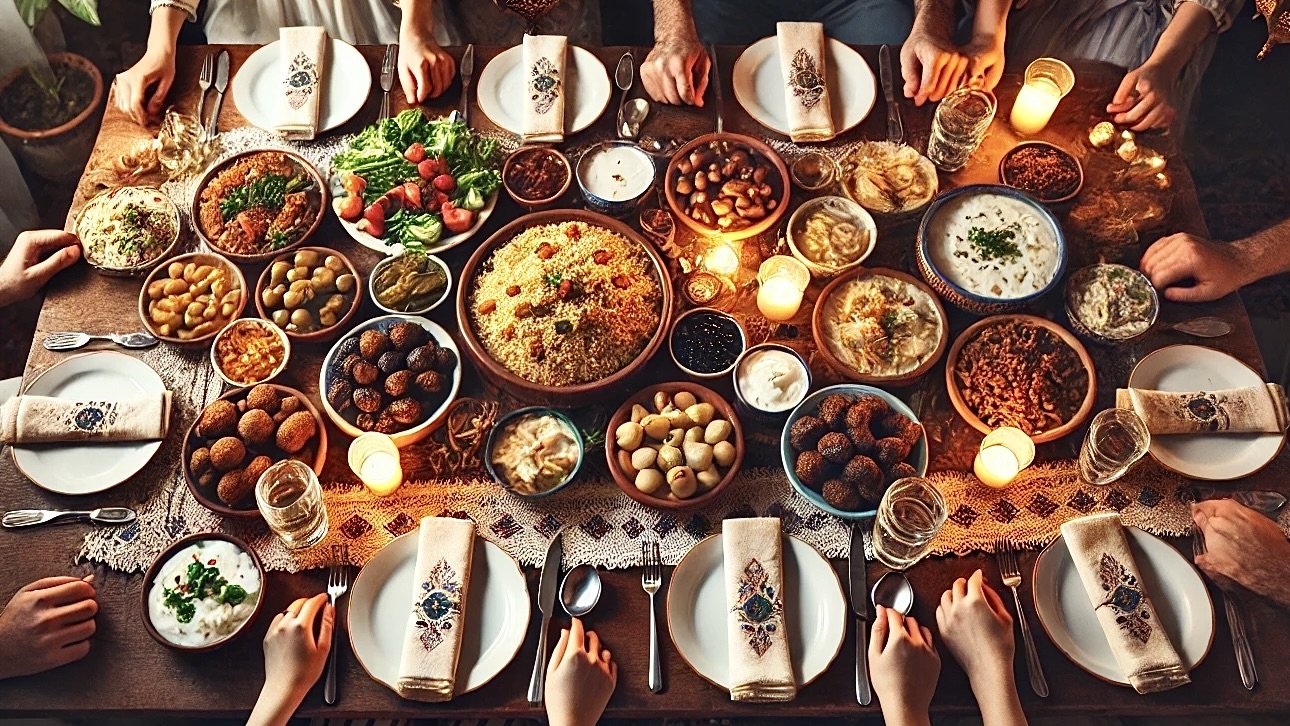Chicken Broth / Tavuk Suyu
CHICKEN BROTH: HOMEMADE, REAL TASTE, REAL NUTRITION
Note: By clicking on this video, you allow third parties (YouTube and Google) to access your data. Visit our privacy policy for more info.
Homemade: Pure, Real Taste, Real Nutrition!
There’s something deeply satisfying about making your own broth. The rich, golden liquid that fills your kitchen with warmth and aroma is a testament to real ingredients and slow, thoughtful cooking. With just a few simple ingredients and an easy technique, you can create a broth that adds gourmet depth to your soups, pilavs, and sauces.
Unlike store-bought alternatives filled with preservatives and artificial flavours, this homemade chicken broth is pure and nourishing. Once you experience the real taste of carefully simmered chicken, vegetables, and spices, you'll never go back to industrially produced broths. I encourage you to compare the difference—your palate and body will thank you!
Give yourself the gift of wholesome, fresh ingredients, and bring real, natural goodness to your table.
Ingredients
For the Broth
1.5 kg chicken thighs (or a whole chicken)
2.2 L water
Vegetables
1 medium onion
1 medium potato
1 small carrot
7-8 parsley stems (optional)
1-2 celery sticks (optional)
Spices
15-20 black peppercorns
10-12 coriander seeds
2 bay leaves
½ tsp rosemary
Directions
Preparation:
Choose the Right Chicken: Use fresh, bone-in chicken (thighs or a whole chicken with skin) for maximum flavour, nutrition, and natural fats.
Clean the Chicken: Rinse and drain thoroughly. After handling raw chicken, disinfect your sink, utensils, and workspace to prevent contamination.
Prepare the Vegetables: Wash the onion, potato, and carrot well, as they’ll be used with their skins. If you prefer a clear broth, peel the onion; otherwise, leave the skin on for extra antioxidants and a deeper colour.
Balance the Spices: Use spices to enhance, not overpower, the broth’s natural chicken flavour. Avoid excessive seasoning if you plan to use the broth in various dishes.
Cooking the Broth
Place the chicken, vegetables, and spices in a large pot.
Pour in 2.2 L of boiling water. (This "shocking" method helps reduce bacterial growth.)
Bring to a boil over high heat with the lid off. Once boiling, reduce heat to the lowest setting. Cover and let simmer for 2 hours until the chicken and bones are fully softened.
During cooking, you’ll notice foam forming on the surface. Eventually, the broth will become clear, with a thin layer of fat rising to the top. This is a sign that it’s done.
Tip: Avoid boiling too rapidly, as this will cause excess evaporation and cloudiness in the broth. Low and slow simmering ensures clarity and depth of flavour.
Straining & Storing
Turn off the heat and let the broth rest for 10-15 minutes.
Strain into sterilized glass jars while still hot, sealing them immediately. Once at room temperature, transfer to the refrigerator. The natural fat layer on top will help preserve freshness by sealing out air. Unopened, the broth lasts 8-10 days in the fridge.
If freezing, wait until the broth cools completely before transferring to plastic containers (not glass, as liquid expansion can cause breakage).
Using the Broth
Homemade chicken broth enhances any dish, from soups and pilavs to sauces and stews. I especially love using it in rice pilav or orzo soup for extra richness. The vegetables and chicken left after straining can be repurposed; serve them as a simple shredded salad, roast them, or add them to a quick soup.
Enjoy the deep, comforting flavour of real homemade broth!
[Notes from the Kitchen]
Choose bone-in, skin-on chicken for the best flavour and nutritional benefits.
Simmer on low heat to maintain clarity and avoid excess evaporation.
Store in portioned jars: larger ones for soups, smaller ones for pilavs or sauces.
The natural fat layer preserves the broth longer. Don’t brake it. When you use the broth, stir the fat in for richness or remove if desired.
Use opened jars within 48 hours.

What if the healthiest thing you could do is stop believing everything in the grocery aisle that calls itself “super”?
Discover how baklava evolved from early Central Asian layered pastries to the refined Ottoman masterpiece we know today…
Explore how yoğurt weaves through Turkish cuisine, from soups and mezes to mains, pastries, and desserts... the timeless taste that ties every meal together.
Science confirms what our grandmothers always knew: sitting down together is the recipe for lifelong health.
Eby’s Golden Guernsey milk is the ‘secret’ ingredient that makes our sütlaç, puddings, pochas, sauces, and soups unforgettable…Reminding us why real quality matters.
From jars of tangy probiotic pickles to real fruit leathers and vitamin-rich tarhana soup mix, we share how a Mediterranean family in Canada prepares their pantry for the long winter, with recipes rooted in tradition, adapted for today.
Istanbul’s cuisine is not a story of invention but of conversation, where Thracian settlers, Greek tavern-keepers, Armenian bakers, Jewish exiles, Kurdish migrants, and Ottoman courts all left their mark on the city’s table.
Preserving food wasn’t a hobby. It was survival, celebration, and creativity all at once.
Mediterranean diet is about memory, movement, and meals that satisfy body and soul.
Before it was a health trend, yogurt was medicine, snack, and staple: fermented on horseback, shared across empires, and still echoing in every spoonful today.
Shared meals don’t just feed the body. They knit our hearts together, heal loneliness, and keep old stories alive at the table.
What if tradition wasn’t about perfection or the past… but about adapting wisdom for a better life today?
From leaves to molasses, from sour to sweet — the grape vine carries 10,000 thousand years of Anatolian wisdom into every season.
More than flavour, preservation is geography, memory, and thousands of years of learning to listen to the land…
Before there were books or blueprints, there were mothers—teaching us how to live, protect, and remember.
The future of your health — and the planet — might depend on something as simple as choosing a ripe tomato in season…
In ancient Mesopotamia, onions were written into cuneiform tablets as food and medicine. In Egypt, they were…
Bayram was more than a holiday; it was a feeling—a time when homes filled with the scent of baklava, laughter echoed through bustling kitchens, and new shoes waited eagerly…
As the sun dips below the horizon, a distant cannon shot and the call to prayer signals the end of the fast. Istanbul’s streets come alive with the scent of freshly baked Ramazan pidesi…

